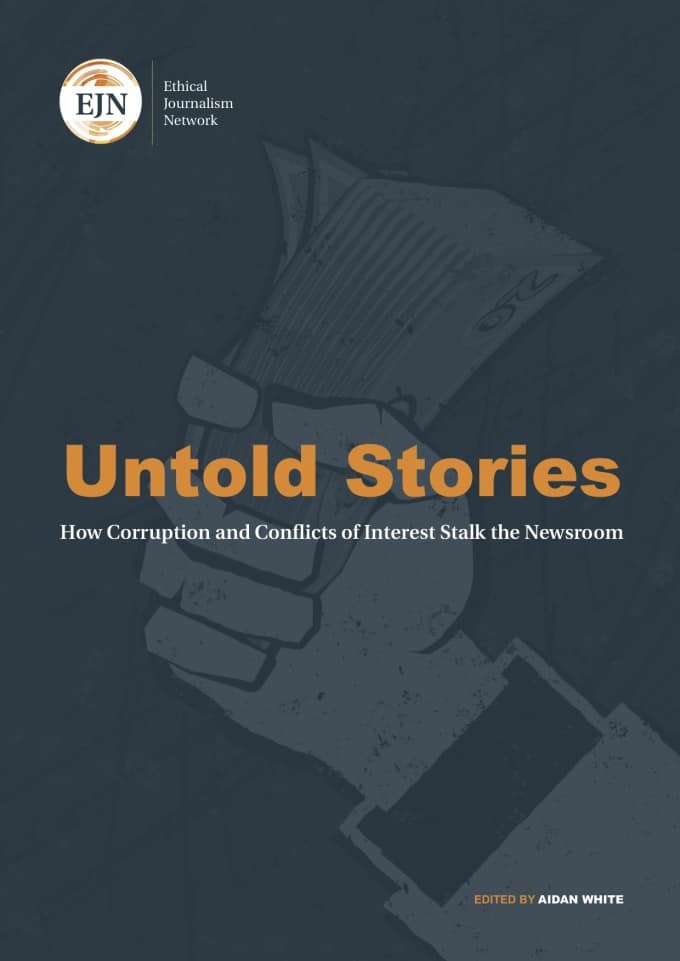
When it comes to describing the state of British journalism the best description I have found comes not from Britain at all, but an American, and the author George Saunders’ essay The Braindead Megaphone.
Saunders characterises the mass media as akin to a man who arrives at a civilised dinner party carrying a megaphone, and sets about using it to dominate the conversation. He writes:
“Megaphone guy is a storyteller, but his stories are not so good. Or rather, his stories are limited. His stories have not had time to gestate – they go out too fast and to too broad an audience.
Storytelling is a language rich enterprise, but megaphone guy does not have time to generate powerful language. The best stories proceed from a mysterious truth seeking impulse that narrative has when revised extensively; they are complex and baffling and ambiguous; they tend to make us slower to act, rather than quicker. They make us more humble, cause us to empathise with people we don’t know, because they help us imagine these people, and when we imagine them – if the story- telling is good enough – we imagine them as being, essentially, like us.
“If the story is poor, or has an agenda, if it has come out of a paucity of imagination or is rushed, we imagine these other people as essentially unlike us: unknowable, inscrutable, inconvertible.
“In surrendering our mass storytelling function to entities whose first priority is profit, we make a dangerous concession: ‘Tell us,’ we say in effect, ‘as much truth as you can, while still making money.’ This is not the same as asking: ‘Tell us the truth.’”
Read more of the EJN Report Untold Stories.